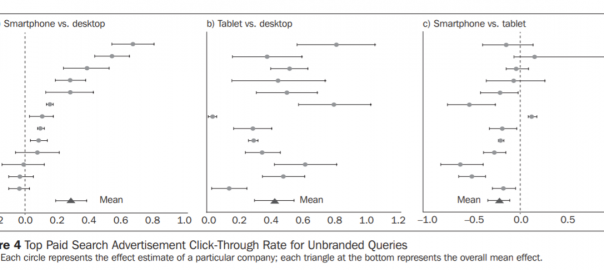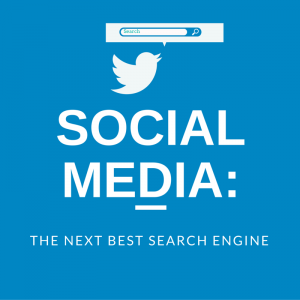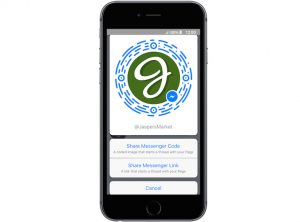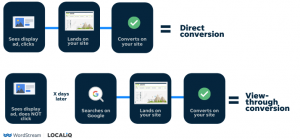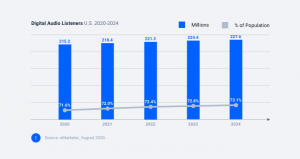Plus the impact of devices on search ads
As we celebrate the recent launch of our Enterprise Marketing Attribution and Predictive Analytics Martech Intelligence Report (MIR) I’ve been thinking deeply about effectiveness data. I find it fascinating that our industry continues to raise the bar in terms of what is possible to measure, innovating past hurdles like new privacy regulations and the deprecation of cookies. It’s one of the things that most energizes me about working in this space — it never stands still.
And speaking of not standing still, this is the first newsletter issue that embodies our new Tuesday focus — research. Each week, I’ll aggregate important and insightful research we’ve recently come across, and we’ll also do a bit of original research ourselves, asking our audience for their perspectives on subjects challenging the industry — from strategic thinking to today’s best practices. We’ll gather what you say and then share the results so we can all learn from one another — we hope you’ll participate and that you’ll find the conclusions valuable in your day-to-day work.
This week, we ask that you share how your martech stack has changed in 2021. We’re so curious how the events of 2020 have impacted your workflows.
Read on for more data on how searchers’ devices impact their likelihood of clicking on the first result, and for a look at trends in the call analytics space.
Pamela Parker,
Research Director
The real-world uses for synthetic data
There are privacy concerns with handling personally identifiable data (PII). One solution has been to anonymize the data records before analyzing them. Another solution is to use an algorithm to “synthesize” online data, creating synthetic data not attributable to real world individuals. Let’s be clear, synthetic data is not as accurate and reliable as real data, but it has some important use cases for digital marketers.
One use case is precisely to sidestep regulations like GDPR which govern PII, the real world data which identifies actual people. Synthetic data can be acquired, stored and managed in a way that, under GDPR-type regulations, may not be possible. Other uses involve the need for data acquisition to extend real world data sets. It can be used, for example, to extend data sets for predictive analytics, or the training data needed to train AI models. It may even be easier to generate bias-free synthetic data sets for AI training.
There are use cases where synthetic data might be every bit as useful as real data, like training the models which will control self-driving cars, or to extend the data-sets for deep learning-based image processing. Those are not cases where the objective is to understand and predict consumer behavior. “[S]ynthetic data will never be as accurate as real data,” Maciej Pondel, a researcher and machine learning specialist at Warsaw’s Unity Group told us. “Even if generated based on real patterns, synthetic data always misses the essential ‘reality factor’, which only makes it useful in a limited number of business cases.”
Applying synthetic data to digital marketing is going to be an evolution, not a revolution. Applications will be narrow and need-driven. It will become another tool in the toolbox.
Telephone calls emerge as critically important in the pandemic
Even before the coronavirus pandemic disrupted American lives and businesses, the telephone – particularly the smartphone – had become an integral part of the consumer purchase journey. More than 170 billion inbound mobile calls to U.S. businesses were forecast in 2020, according to BIA Advisory Services.
When faced with the worst public health crisis in more than a century, U.S. consumers used the telephone more than ever before. During the first half of 2020, Google My Business recorded a 61% jump in consumer calls, from inquiries about open hours to arrangements for curbside pickups. For the 12 months ending June 2020, call volume increased 35% and continues to track 27% higher than pre-pandemic levels.
New perspectives on the eternal question
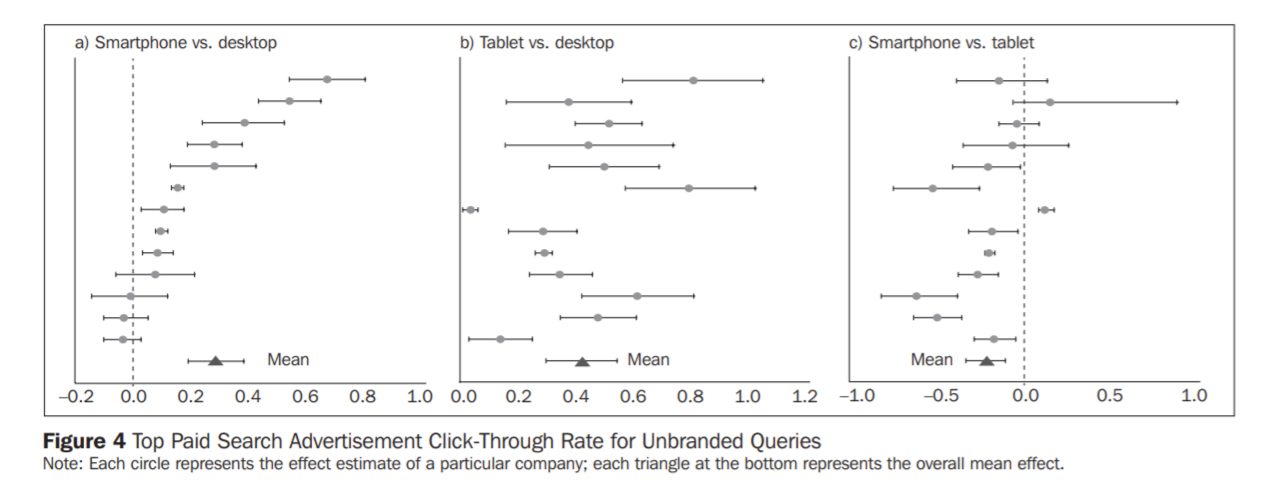
Savvy search advertisers are continuously optimizing their campaigns to achieve the best results for the lowest spend, and new research published in the Journal of Advertising Research (JAR) sheds light on the importance of one critical factor: the device upon which the ad is displayed. The study concludes that the device people are using when searching significantly influences whether they’re more likely to click on the first result or scroll further down — at least where non-branded queries are concerned.
Users on tablets or smartphones were more likely than those on desktops to click on the first result for unbranded queries. When tablets and smartphones were compared, interestingly, people using tablets were most likely to click on the top result for unbranded searches, which would seem to confound an interpretation that smaller devices = more reliance on the top results. For branded searches, the lure of the top result held steady when it came to tablet users, but there wasn’t a significant difference between desktop and smartphone users.
The results add weight to what’s become a best practice for search engine advertisers — to use bid customizers and even break out devices into separate campaigns, so you can tailor placements to the characteristics of those users. For example, you could compete aggressively for the top spot in campaigns running on tablets and for non-branded campaigns running on smartphones.
The study’s authors, Chongyu Lu of Pace University and Rex Yuxing Du of the University of Houston, analyzed more than 20 million ad impressions from 13 different advertisers across a variety of industries.
On the move
Confluent, the event streaming platform, (March 03, 2021) announced that Stephanie Buscemi is joining the company as CMO. Most recently, Buscemi was CMO at Salesforce, a position she held for two-and-a-half years leading a team of 1,400 marketers. She was in marketing roles at Salesforce for a total of more than six years.
In January, as Buscemi announced her departure, Salesforce elevated EVP and GM, Platform & AppExchange, Sarah Franklin, to the CMO role.
Quote of the day
“Wow, Belgium Marketing Technology is booming! 78% more tools in 2021.” Frans Riemersma, founder, Martech Tribe.
Marketing Land – Internet Marketing News, Strategies & Tips
(34)
